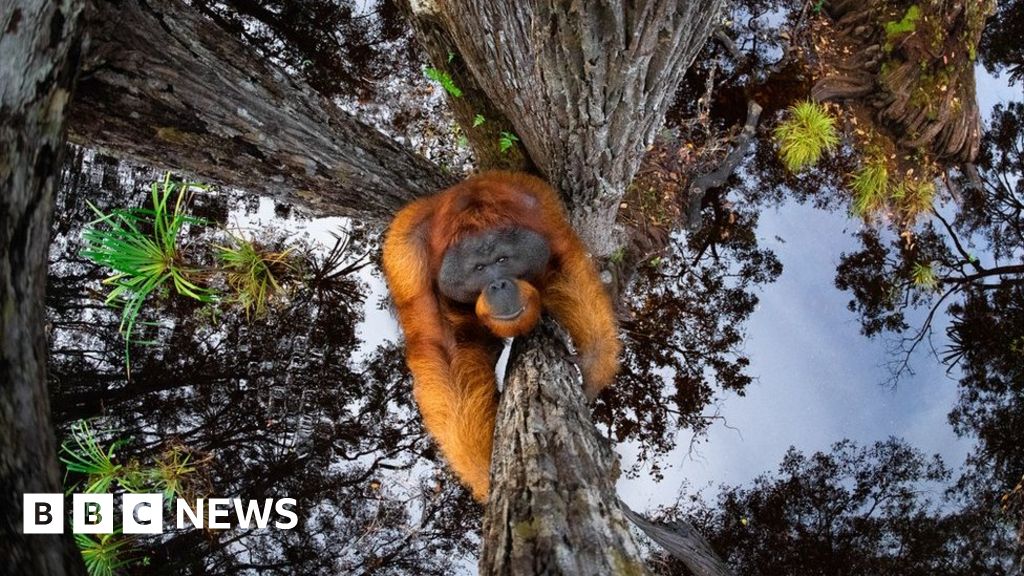A mind-bending photograph of an orangutan with the sky reflected in water has won first prize in the Nature TTL Photographer of the Year 2021 competition.
The image, by Canadian photographer Thomas Vijayan, is called The World is Going Upside Down. It beat 8,000 entries from around the globe to win the top prize of £1,500.
“Thomas’s image is really unique, and immediately stood out to the judging panel,” said Will Nicholls, founder of Nature TTL.
“The unique perspective and composition means you are immediately trying to figure out what exactly you are looking at.”
Mr Vijayan took the photo in Borneo, where he selected a tree that was in the water so he could get a good reflection of the sky and create the upside-down effect.
“This image means a lot to me because presently the orangutan population is reducing at an alarming rate,” he said.
“Trees over 1,000 years old – which are a major asset to our planet – are being cut down for palm oil plantation.
“As humans we have a lot of alternative choices to replace the oil, but the orangutans don’t have any options other than losing their home.”
Vijayan’s photo also won first place in the Animal Behaviour category.
Here are winning images from other categories, with descriptions by the photographers.
Animal Behaviour, second place: Fish Caught by Surprise, by Johan Wandrag
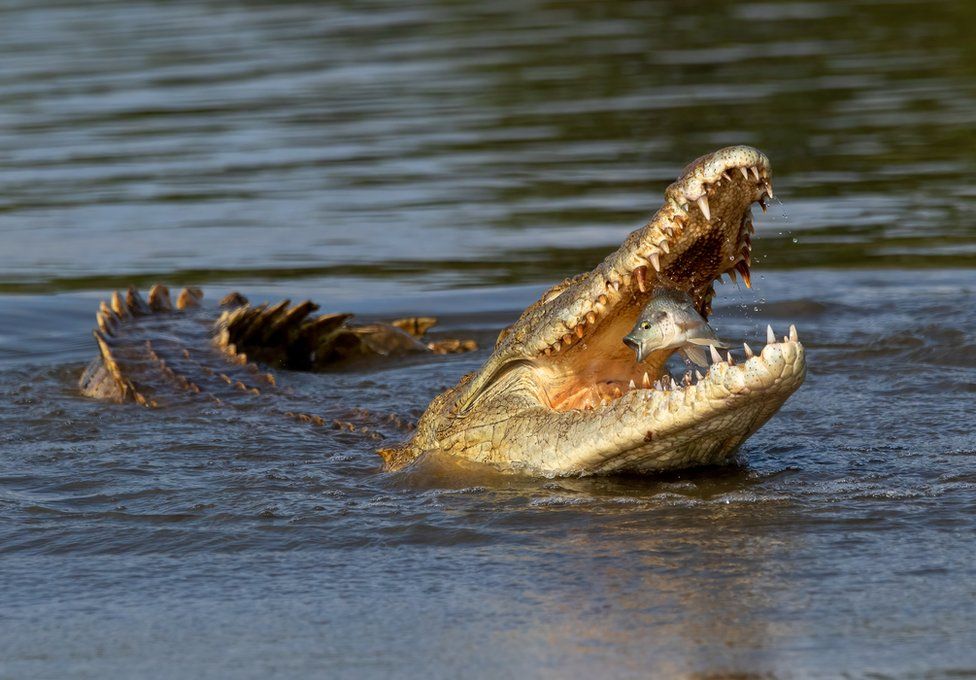

Taken in South Africa, a fish is caught in the moment it is snapped up by a crocodile.
The look of surprise really made this shot stand out to me.



Camera Traps winner: Silhouetted Wood Mouse, by John Formstone
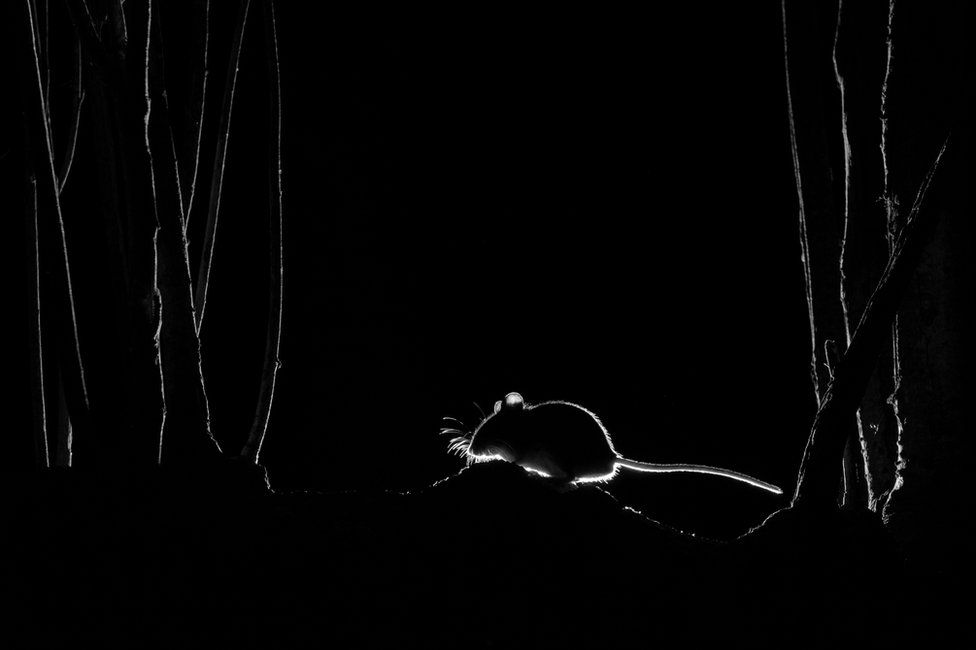

An off-camera flash was positioned to the rear of the subject in an effort to create this silhouette.



Camera Traps second place: Pine Marten in an Abandoned Cottage, by James Roddie
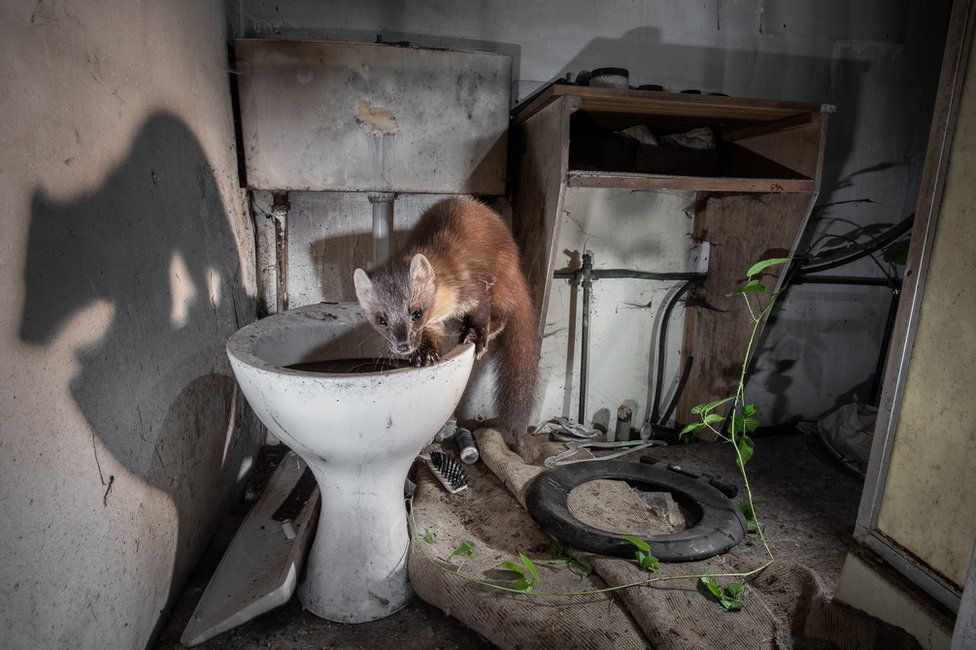

A pine marten inside an abandoned cottage in the Scottish Highlands.



Landscapes winner: Tree of Life, by Jay Roode
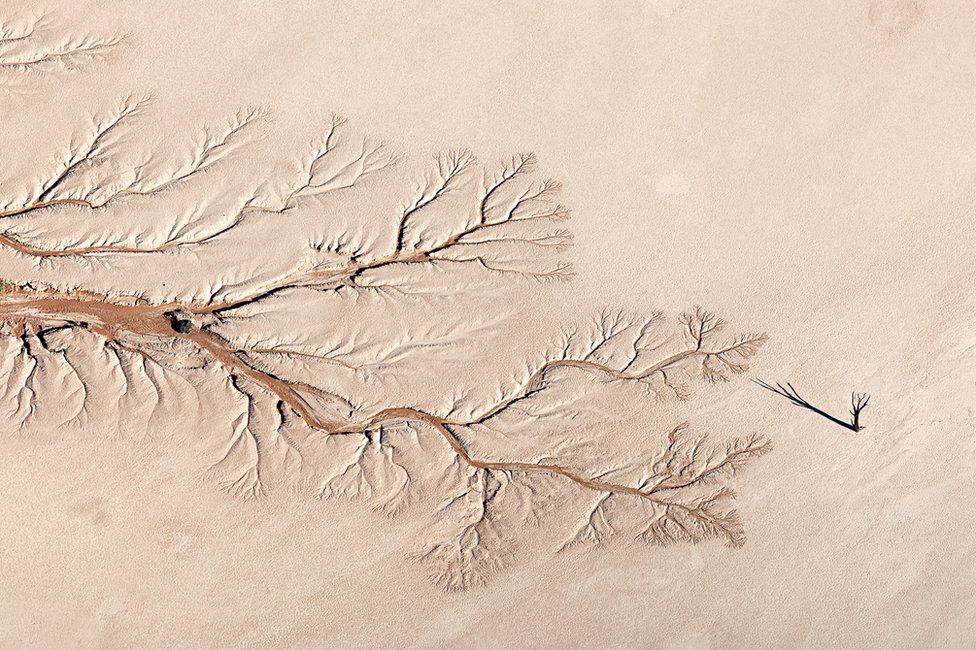

A sense of waiting pervades this valley [in Namibia] where nothing seems to have happened for a thousand years.
The shadow of an ancient camel thorn tree reaches out, like a blackened hand to the delicate tracings of the Tsauchab River; yearning for the life that once was.



Landscapes second place: Bouquet of Flowers, by Fanny Reed
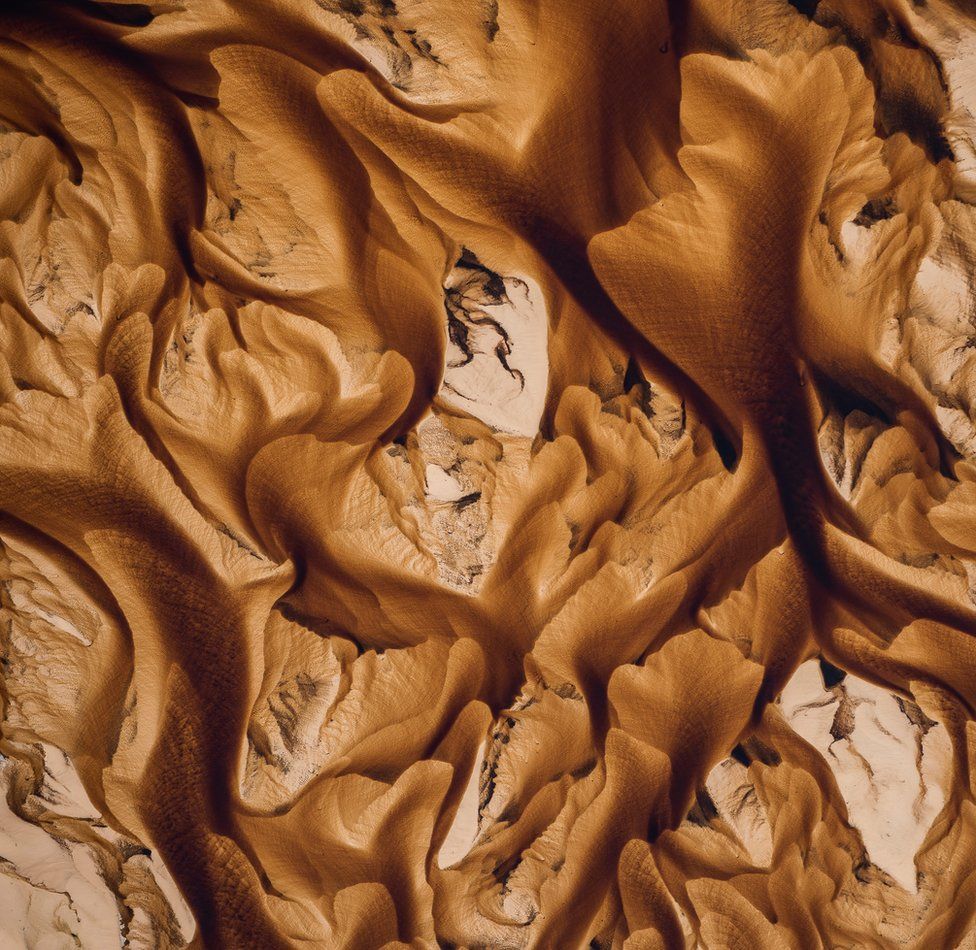

Patterns formed by mineral deposits trapped in lagoons, in Lencois Maranhenses National Park, Brazil.



Small World winner: Dance of the Termites, by James Gifford
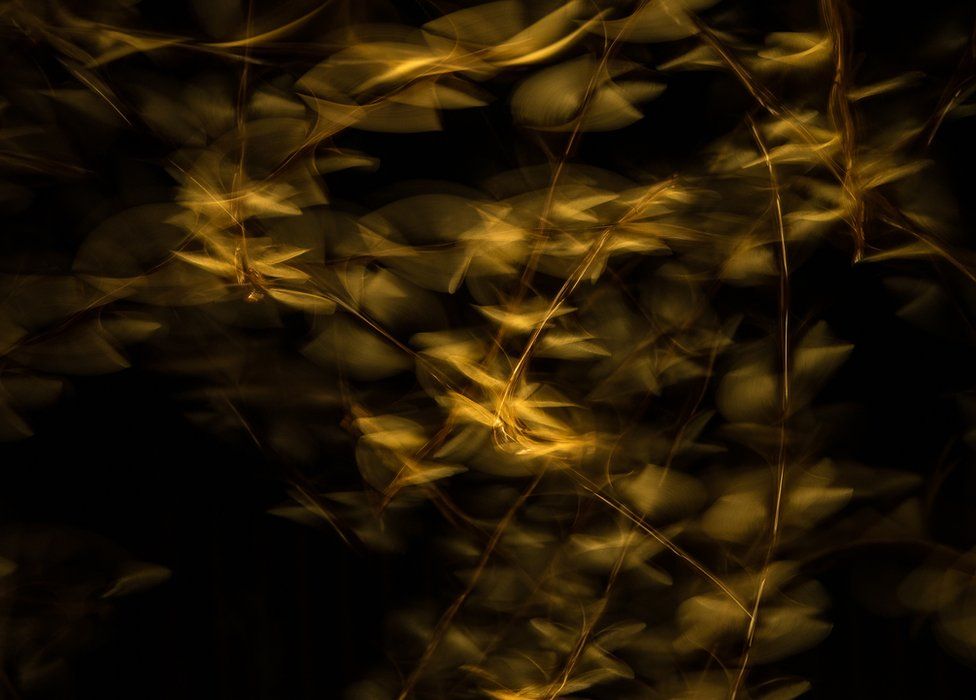

The termites from this colony were attracted to a light, but after taking several shots, I realised that I could only capture the effect of the swarm by using a slow shutter speed and gradually panning with the flight of the insects.
As they were all moving in different directions, I had to take hundreds of shots to capture what I wanted.
Meanwhile, I had many termites crawling all over me, but it was worth it in the end.



Small World second place: Nature’s Pitfall, by Samantha Stephens
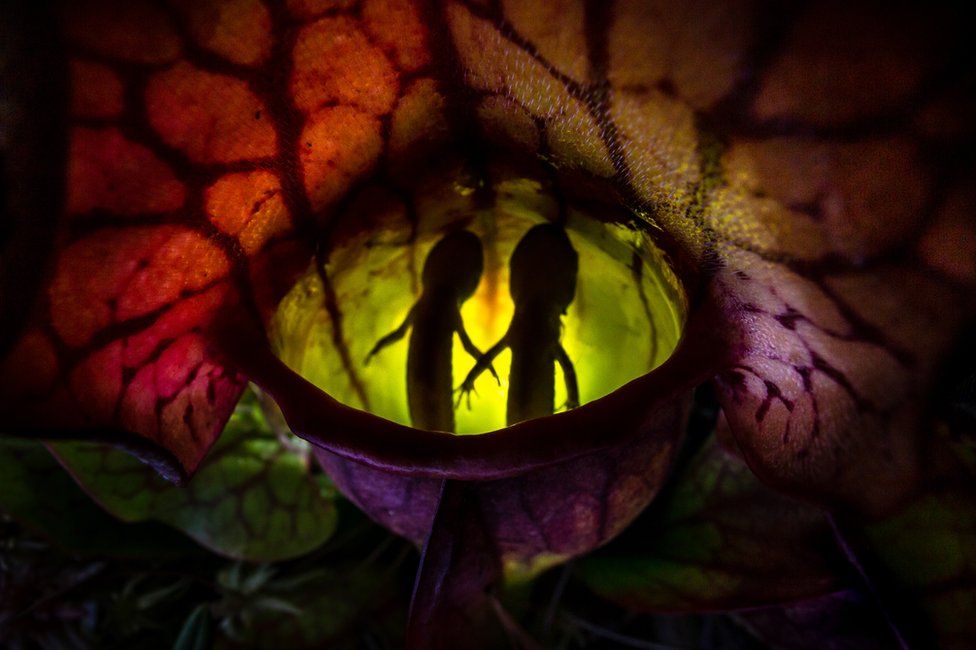

Researchers at the Algonquin Wildlife Research Station in Canada recently discovered that juvenile spotted salamanders (Ambystoma maculatum) are being trapped by northern pitcher plants.
Typically, pitchers contain just one salamander prey at a time.
When I saw a pitcher that had two salamanders, both at the same stage of decay and floating at the surface of the pitcher’s fluid, I knew it was a special and fleeting moment.



The Night Sky winner: The Eye, by Ivan Pedretti
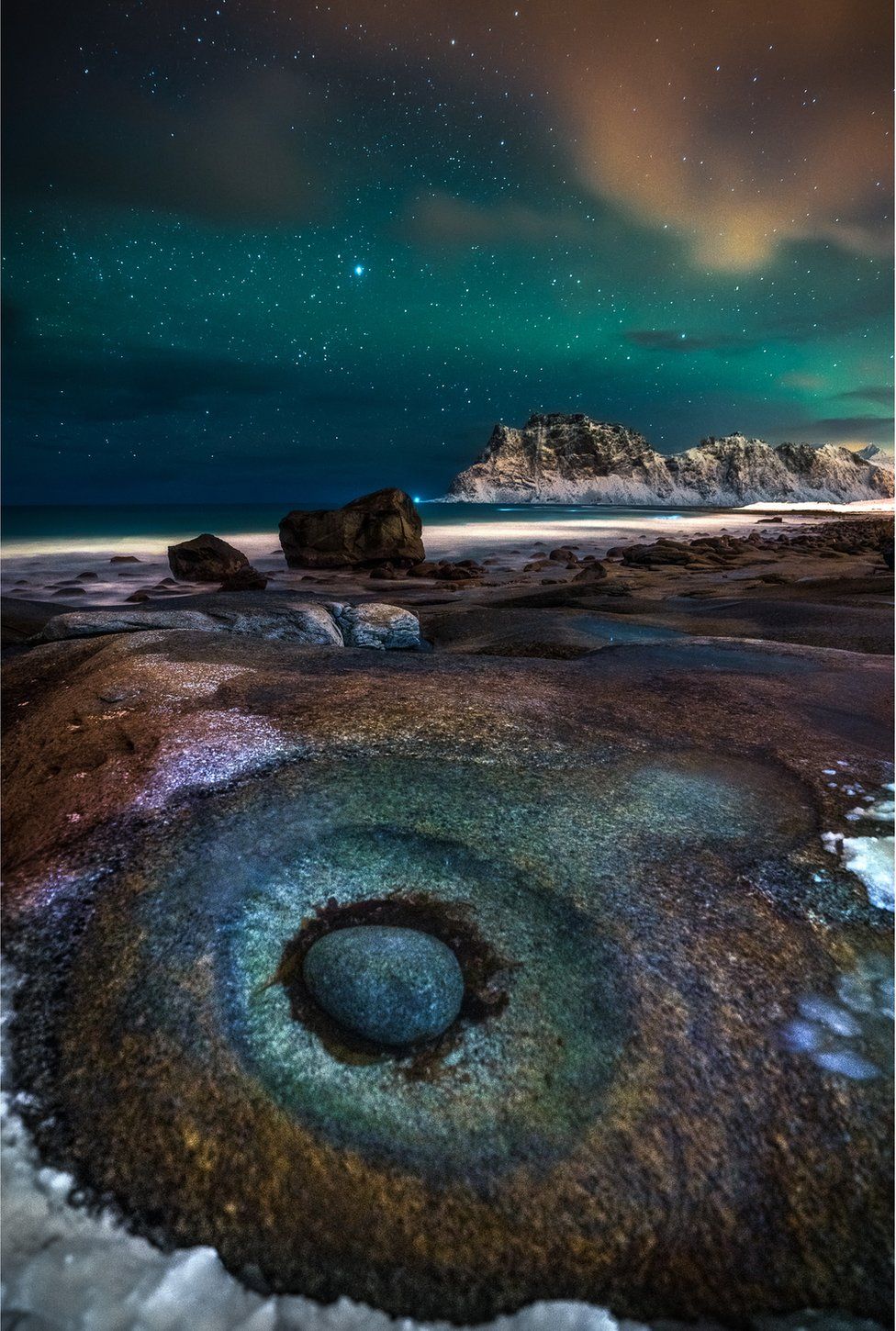

On Uttakleiv beach, in Norway, these rocks looked like an eye.
The shot is set against the beautiful colours of the Northern Lights above.



The Night Sky second place: Sleeping Dragon, by Amos Ravid
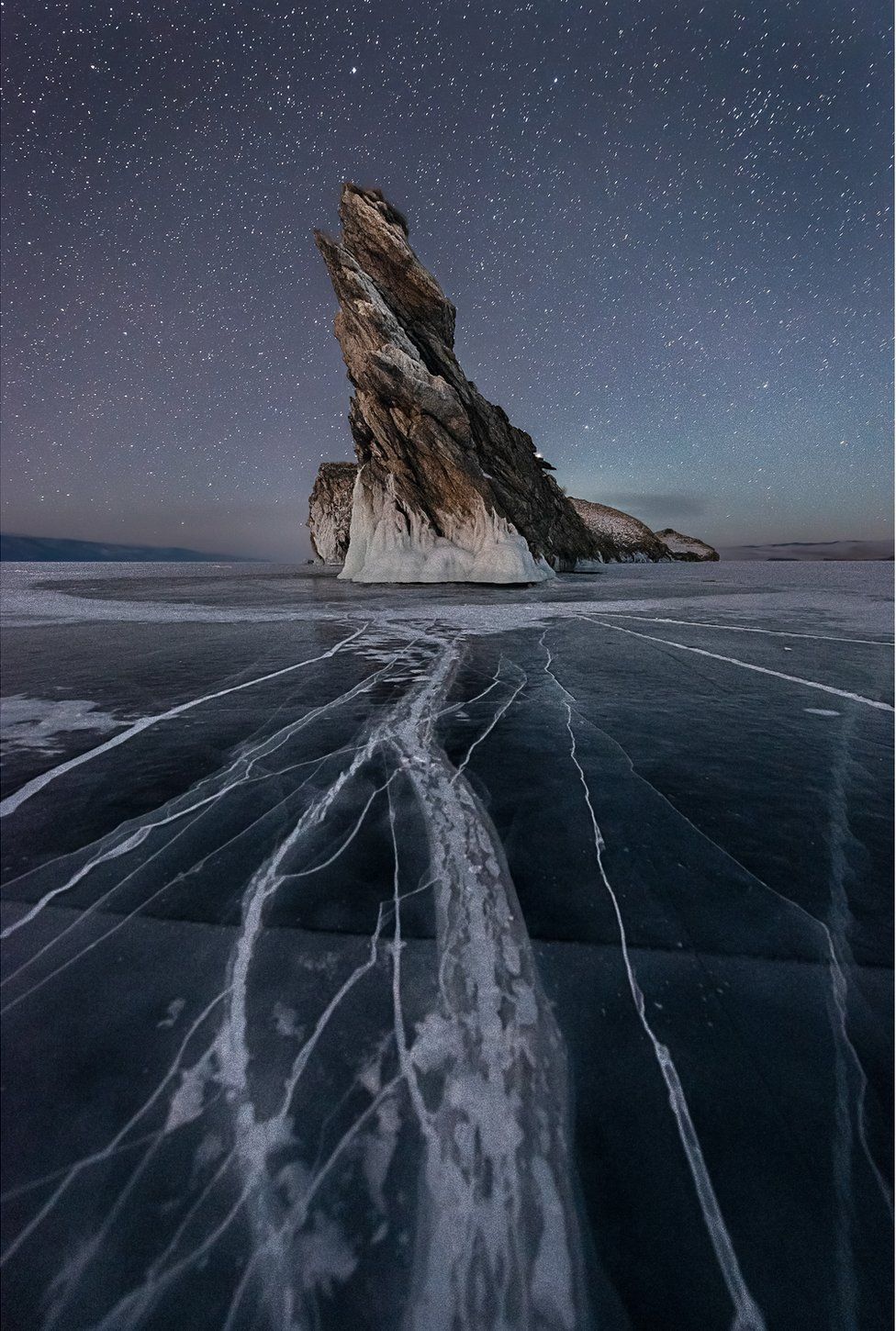

Night photography at -25C can be a bit challenging. And yet, it is most enjoyable and satisfying.
This photo is from Ogoy Island in Lake Baikal, Russia. It is also known as the Dragon Island, hence I call it The Sleeping Dragon.



Underwater winner: Manta Space Ship, by Grant Thomas
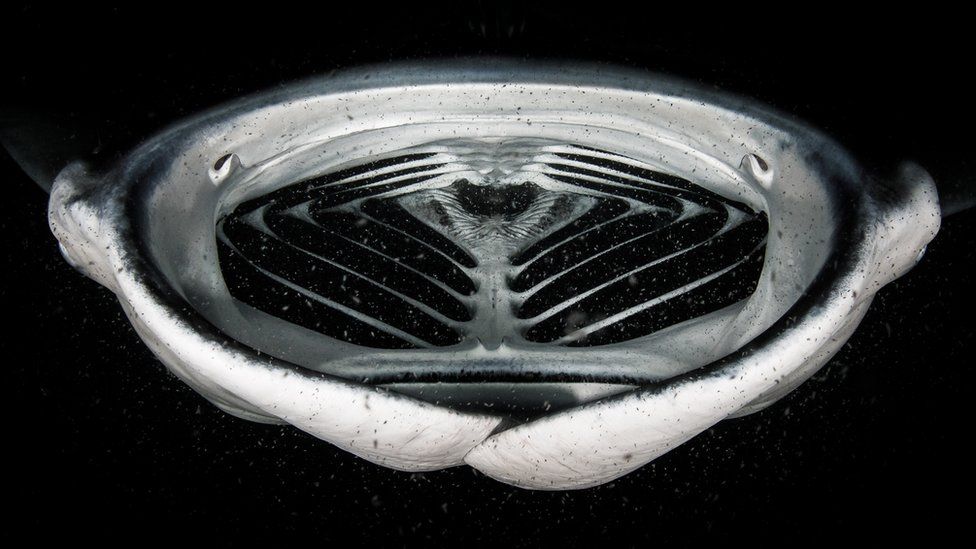

The Maldives is one of the only places in the world where you can dive with these majestic animals at night-time.
For this image, I was positioned flat on the sand, watching one manta looping around and around whilst feeding on a cloud of planktonic creatures which had gathered.



Urban Wildlife winner: Winged Family Members, by Kallol Mukherjee
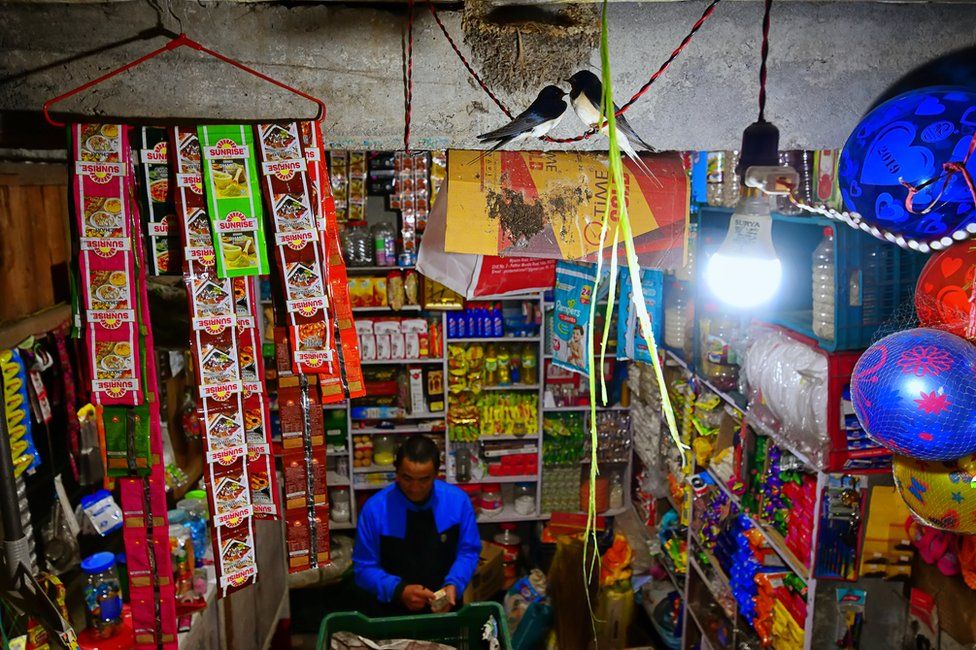

These barn swallows are building their nest right inside this shop in the Himalayas – safely away from predators.
The barn swallow is revered as the goddess of wealth and fortune… they are taken as the harbingers of peace and prosperity.
So people gladly accept the faeces and other nuisances made by the birds.



Urban Wildlife second place: The Fox of Arabia, by Mohammad Murad
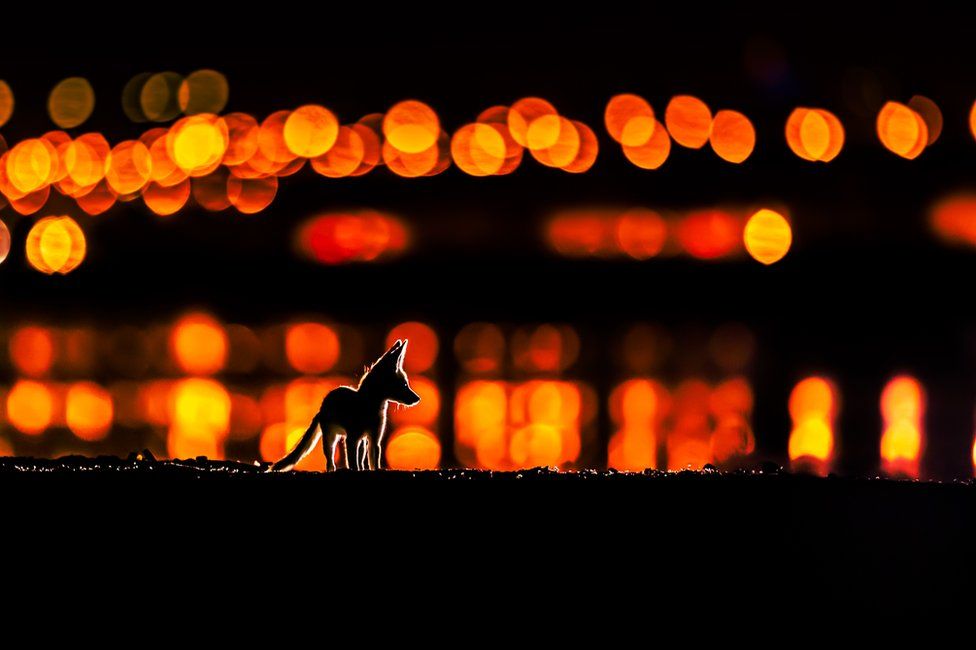

Arabian Red Foxes usually breed in the desert far away from humans; finding breeding foxes close to a city is something really unusual.
I found two dens near Kuwait City.
Land degradation, habitat loss, human impact, and overhunting in the desert may be why these two families decide to risk it all and breed near the city.



Wild Portraits winner: Sleepy Polar Bear, by Dennis Stogsdill


We were watching this rather photogenic polar bear for a while in Svalbard, Norway, when he climbed a ridge and decided to just rest.
All the while the soft afternoon skies created the perfect backdrop for a “sleepy bear”.



Wild Portraits second place: The Cauldron of Creation, by James Gifford


I found this rhino mother and calf resting in the heat of the day in Kalahari, Botswana.
To make the most of the dust, I positioned myself to shoot into the sun, deliberately underexposing to capture the clouds of amber dust.
Instead of focusing on the negative aspects of rhino poaching, I wanted my picture to convey a sense of hope – a new beginning almost – as if these were the first rhinos being forged in a fire of creation.



Under-16 winner: Spoilt for Choice, by Thomas Easterbrook
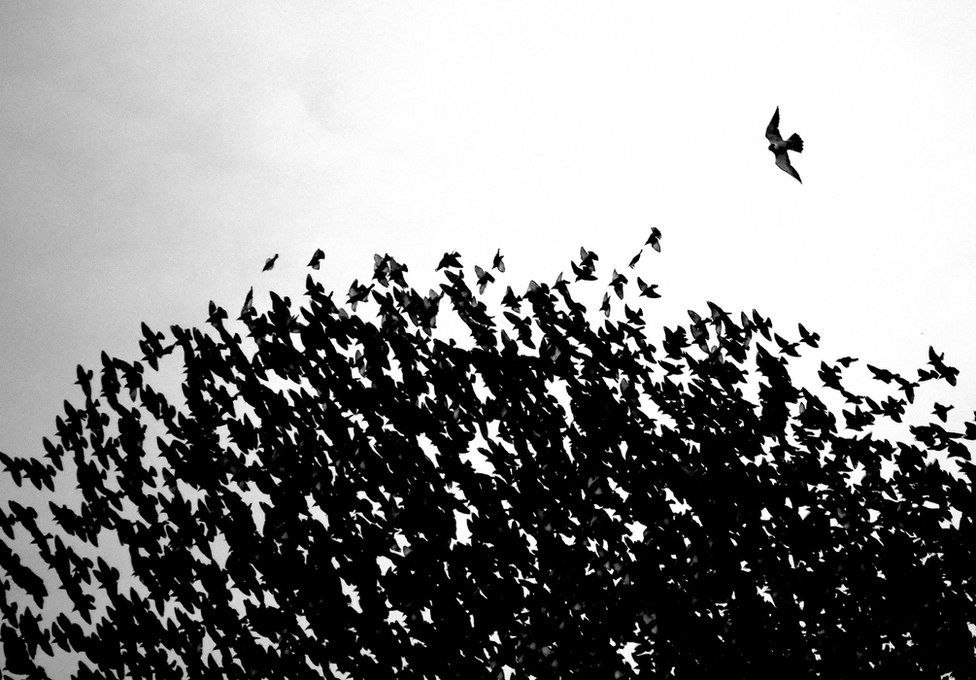

This photo was taken while we were watching a starling murmuration.
A peregrine came out of nowhere to attack the murmuration and I was pleased to capture it at work!



Under-16 second place: Fight in the Mountains, by Raphael Schenker


I took this picture whilst on a long hike in Switzerland.
I saw how the father of these two mountain goats was teaching them how to fight.



All pictures are subject to copyright.

